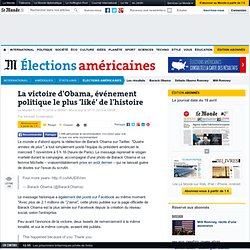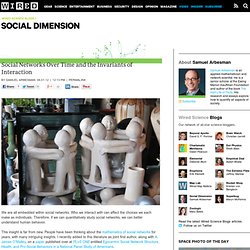

Talkable Brand. Every Tuesday on the Brand Autopsy blog a new episode will premiere giving you knowledge and a nudge .

Knowledge being interesting information about word of mouth marketing. The nudge being compelling motivation to make the information happen. The result, I hope, is helping you make brands more talkable. Learn believability is the bedrock of a truly talkable brand. Learn that marketers can absolutely bank on the fact when a brand is in the conversation then it will be under purchase consideration. Learn there is no recipe for originality. Learn when a marketing idea is more practical, it stands the chance to become perpetually talkable.
Learn the most successful and sustainably word of mouth worthy businesses embrace the paradox of being both original and practical to become forever talkable . Learn the marketer’s palette of talkable possibilities consists of three pathways: Produce Great Advertising, Design Great Experiences, and Deliver Great Customer Service. La robe de Michelle Obama coûte 23 euros ! - La Parisienne. La victoire d'Obama, événement politique le plus 'liké' de l'histoire. Le Monde.fr | • Mis à jour le | Par Michaël Szadkowski Le monde a d'abord appris la réélection de Barack Obama sur Twitter.

"Quatre années de plus", a tout simplement posté l'équipe du président américain le mercredi 7 novembre à 5 h 16 (heure de Paris). Le message reprenait le slogan martelé durant la campagne, accompagné d'une photo de Barack Obama et sa femme Michelle – vraisemblablement prise en août dernier – qui ne laissait guère de doutes sur l'issue du scrutin. Four more years. Barack Obama (@BarackObama) Le message historique a également été posté sur Facebook au même moment. Peu avant l'annonce de la victoire, deux tweets de remerciement à la même tonalité, et sur le même compte, avaient été publiés. This happened because of you. Ils sont venus confirmer ce que commençaient alors à déclarer les chaînes américaines Fow News et NBC, alors qu'elles annonçaient la victoire de l'Etat de l'Ohio par les démocrates.
Obama : les dessous de la photo la plus partagée du monde. Près de quatre millions de "likes" sur Facebook et 780.000 "retweets" sur Twitter.

C'est le score record de la photo publiée par Barack Obama pour annoncer sa réélection à la présidence des États-Unis, dans la nuit du 6 au 7 novembre. Postée avec un commentaire aussi fort que laconique ("Four more years", "quatre ans de plus"), l'image s'est répandue comme une traînée de poudre et passe déjà pour une photo culte. (Capture d'écran sur Facebook, le 8 novembre) Mais Barack Obama est mauvais élève : cette photo qui le montre en train d'enlacer sa femme Michelle n'est ni légendée, ni créditée. D'où vient-elle ? Sur le blog de l'AFP, Stéphane Jourdain lève une grande partie du mystère : la photo a été prise le 15 août dernier lors d'un meeting du candidat à Dubuque, dans l'Iowa, un jour lors duquel "le charme déployé par Michelle Obama avait ragaillardi un président fatigué par sa tournée".
(AFP PHOTO / Jim Watson) Kickstarter. Social Networks Over Time and the Invariants of Interaction. We are all embedded within social networks.

Who we interact with can affect the choices we each make as individuals. Therefore, if we can quantitatively study social networks, we can better understand human behavior. This insight is far from new. People have been thinking about the mathematics of social networks for years, with many intriguing insights. I recently added to this literature as joint first author, along with A. We collaborated with the folks at Gallup to do a longitudinal survey of people’s social networks. Recapitulating other classic research, we found that the average number of close social contacts (like a spouse or good friend, not just your acquaintances) is only about four. We found some interesting results. Just as there are certain cognitive limits to the number of individuals one can have as part of one’s social network, it also appears that there are cognitive and temporal considerations for how humans manage their interactions.
Top image: Roger Price/Flickr. The influence of personality on active and passive use of social networking sites - Pagani - 2011 - Psychology and Marketing.